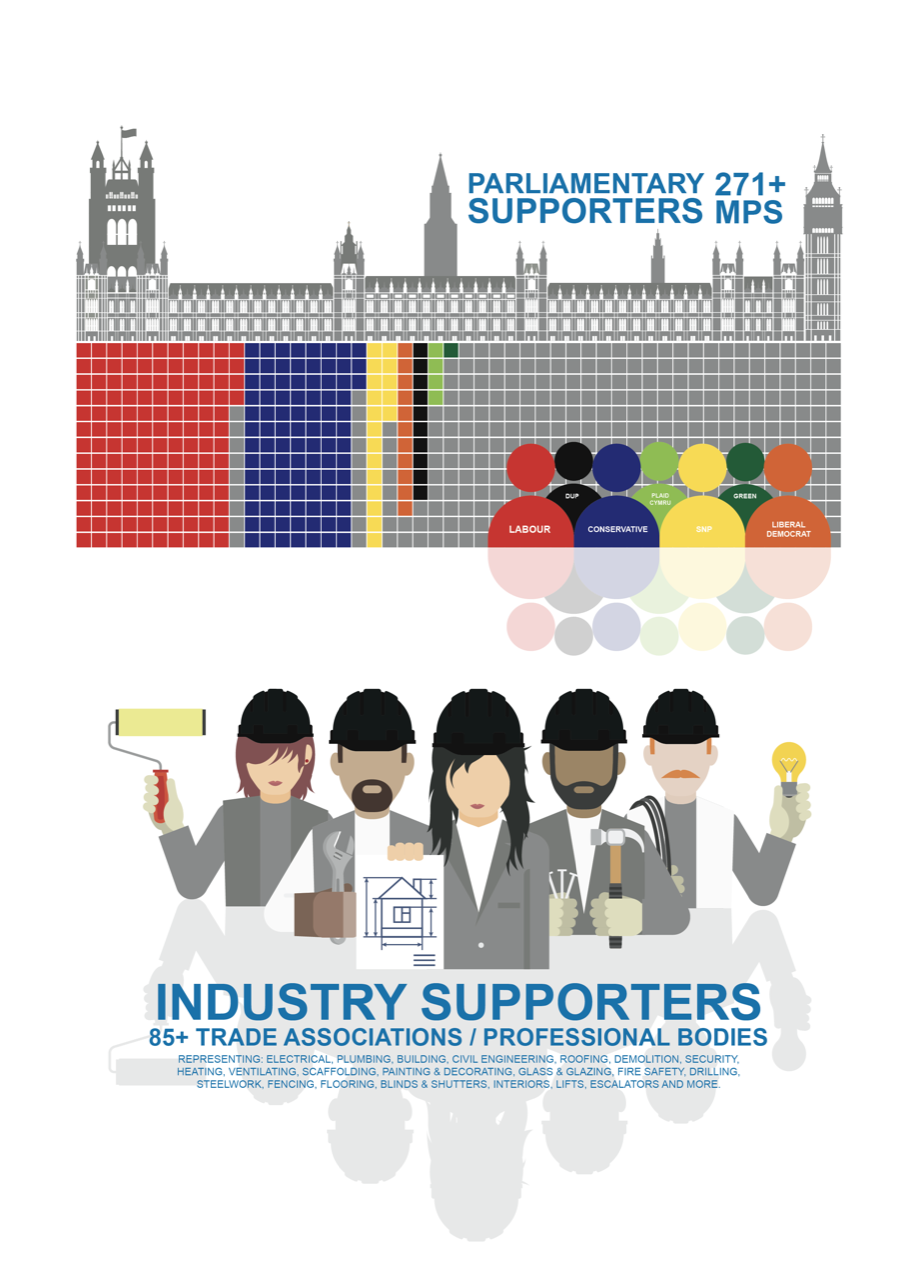Cash retentions are monies held back by larger contractors and clients from subcontractors in issues of non-performance arise such as defects arise on work undertaken.
Retentions are held by private and public sector clients against their subcontractors, with over £10.5bn of SME working capital locked in retentions annually. Some £7.8 billion of this has been unpaid in the last three years.
However, the system is often abused, negatively impacting many businesses in construction, particularly SMEs.
As a result, ECA, BESA and various partner organisations have been pressing Government to reform this practice. Reform of cash retentions in construction is now supported by a broad range of politicians, business bodies, construction trade associations, and professional bodies.


